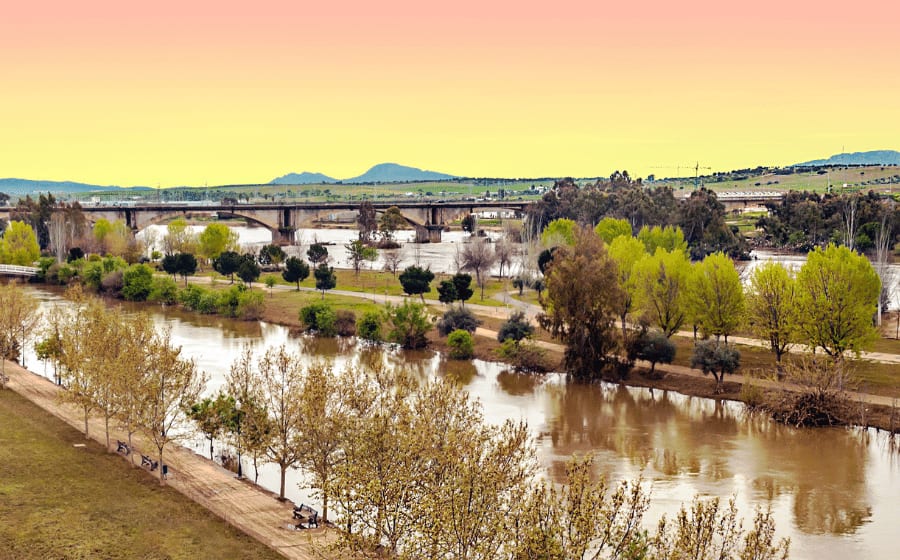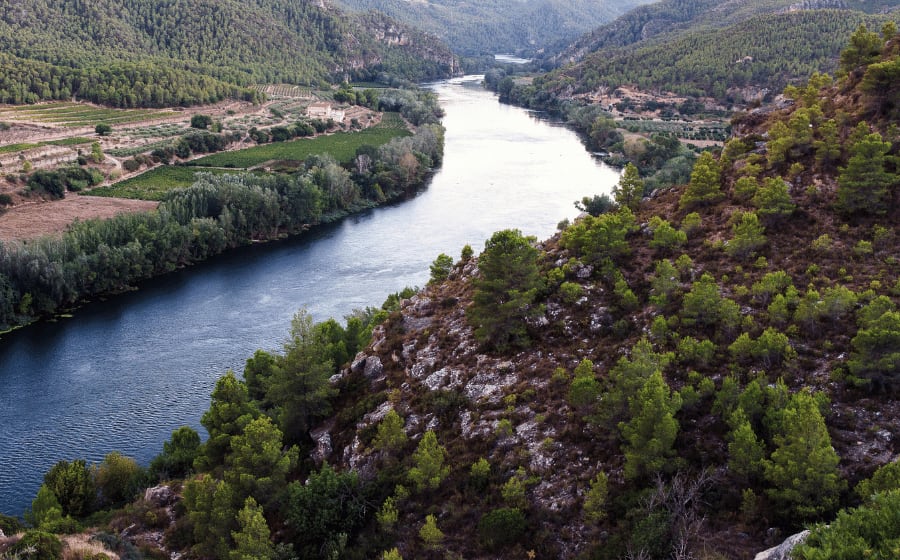Experience the Ebro River: 8 Interesting Facts, Best Spots, Beautiful Pictures and More!
November 28, 2022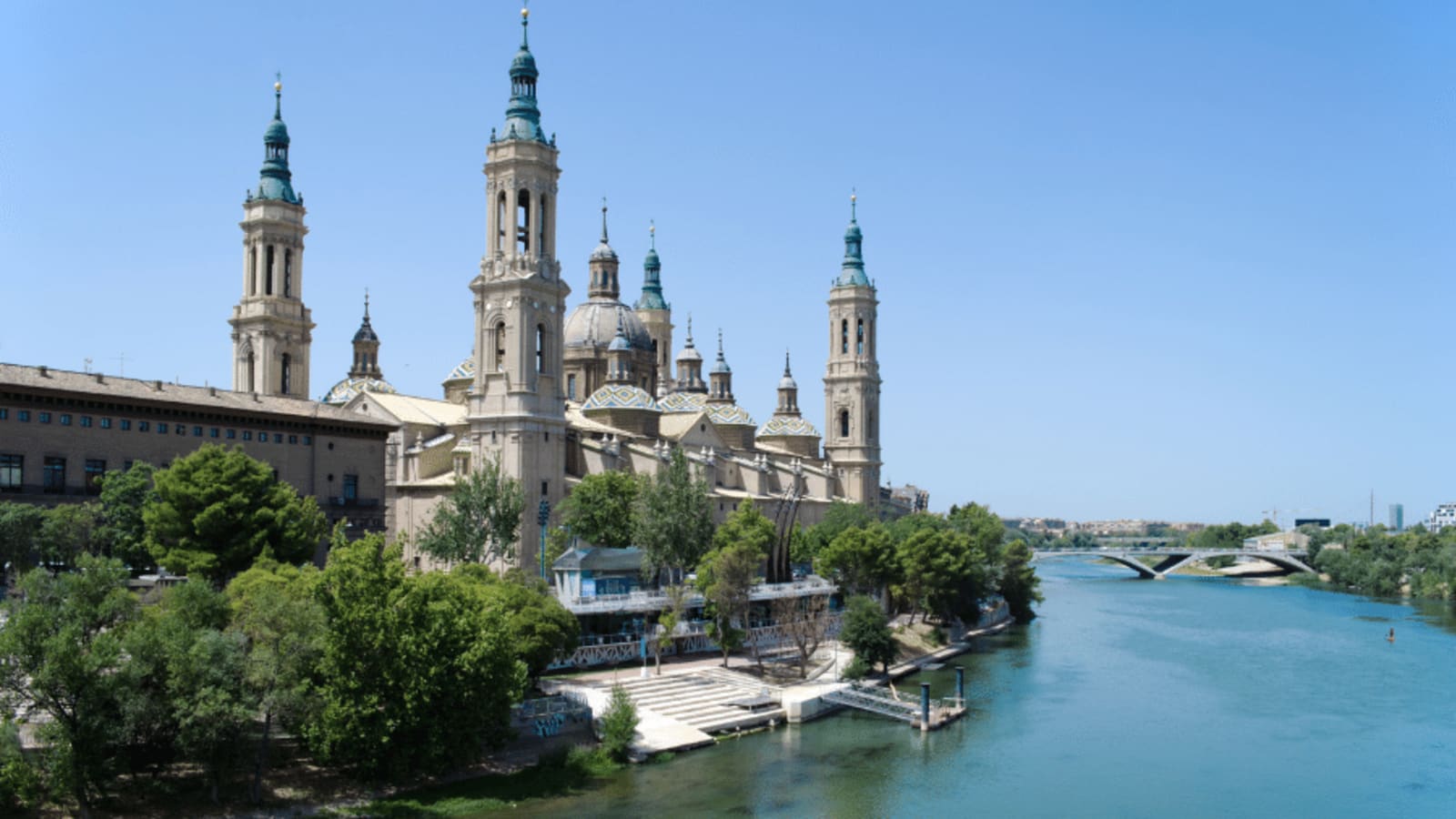
Win a FREE Trip to Spain!
Exciting Announcement! For the first time, we're thrilled to offer exclusive trips to the heart of Spain - an experience like no other. This isn't your typical tourist journey; it's a unique opportunity to immerse yourself in authentic Spanish culture, alongside real locals and our passionate team.
But there's more! Simply by requesting information about this amazing trip, you'll be entered into a special draw to win a Fully Paid Trip to Spain for Two. And that's not all - everyone who inquires will receive an exclusive bonus gift, valued at $500, available only now.
Ready to Discover the Real Spain?Click Here ↑ to Request Information & Enter the Draw!
Would you say that the Ebro is the longest river in Spain?
If we consider only the stretch of the river within Spain, then yes, the Ebro would be the longest river in Spain. But it would be the second longest in the Iberian Peninsula after the Tagus. The Ebro river basin has a surface area of 86,100 km² and covers not only Spain but also part of Andorra and France.
But these are not the only characteristics of the Ebro river. This river has many other facts that make it unique; along its route, it passes through some of the most emblematic places in Spain. From Roman cities to green rice fields!
Are you ready to discover all that this river has to offer? As you read on, you will see many interesting and exciting things that could easily make the Ebro River your favorite!
Table of Contents ▼ ▶
Where is the Ebro River located?
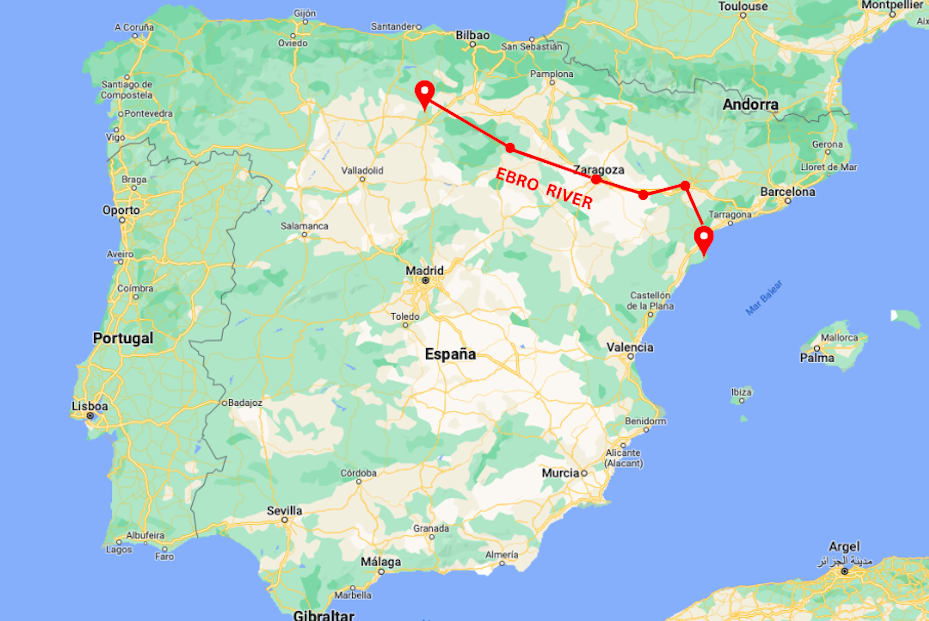
The Ebro River is located northeast of the Iberian Peninsula. It rises in Cantabria, specifically in the municipality of Hermandad de Campoo de Suso. It follows a northwest-southeast direction from its source until it flows into the Mediterranean Sea between the municipalities of Deltebre and San Jaime de Enveija, both in the province of Tarragona.
The Ebro River flows through seven Spanish autonomous communities: Cantabria, Castile and León, La Rioja, the Basque Country, Navarra, Aragón, and Catalonia.
The Ebro River passes through two capitals of Autonomous Communities, Logroño and Zaragoza.\
8 Interesting Facts about the Ebro River
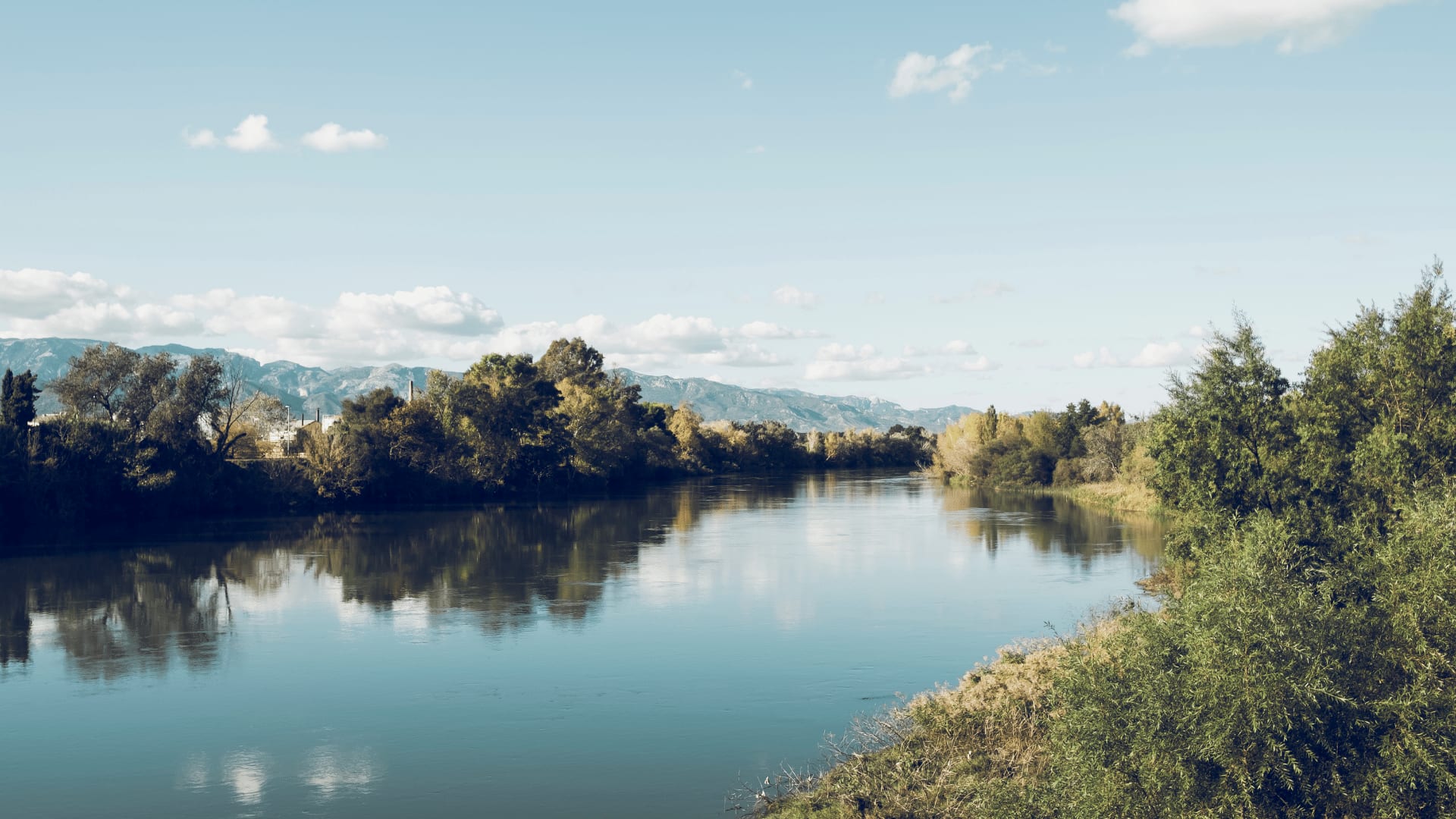
1. How long is the Ebro river?
The Ebro River has a length of 930 km, which makes it the second longest river in the Iberian Peninsula after the Tagus. However, it is the longest river in its entirety within Spain.
If you want to know more about the longest river in Spain and why there can be two correct answers depending on how you approach it, click on the following article:
What’s The Longest River in Spain? Experts Doubt between These 2!
The Ebro River is the second longest river in the Mediterranean basin after the Nile.
2. How deep is the Ebro river?
The depth of the Ebro River varies greatly depending on the area and the year’s rainfall.
In Zaragoza, the Ebro river can reach a depth of 4.5 meters when the Ebro rises significantly, exceeding 1600 m³/s.
The Mequinenza reservoir can reach a depth of more than 60 meters.
3. Can you sail the Ebro river?
The Ebro River has an area that is navigable upstream for 15 miles, or 25 km, from its delta to the city of Tortosa.
4. Can you swim in the Ebro river?
According to the Water Law (article 50.1), bathing is allowed in any surface water, i.e., rivers, springs, lakes, etc.
That said, there are four reasons why autonomous communities could prohibit bathing in some areas:
- Health protection, as some areas may have poor water quality and high bacterial or contamination levels leading to a health risk.
- Non-compliance with the quality requirements of current regulations.
- Existence of danger or impracticability for the bathing water area or lack of maintenance.
- Need for environmental conservation.
Depending on the autonomous community, bathing will be prohibited or allowed in the areas authorized for it. If you are going to travel, I recommend you take a look at the restrictions of that place.
One of the areas that I recommend you to swim in is the Natural Park of the Ebro Delta. It has natural pools, lakes, and even beaches to enjoy a good swim.
5. Can you fish in the Ebro river?
The Ebro river offers a unique biodiversity for fishing. You will find a great variety of fish, among which we can highlight: sirulos, perch, pike-perch, black bass, and carp.
You can fish at any time of the year, although the fall season is one of the best seasons and the river is usually more stable. April and May are also good months for fishing.
If you are targeting the sirulo, then I recommend going in mid-summer when conditions are warm, as this is the best time to catch these species.
The fishing in this river is known as one of the best in Europe.
6. What are the tributaries of the Ebro river?
The Ebro River receives water from more than 200 tributaries. The tributaries from the left bank (originate in the rainy Pyrenees), are the longest and provide the most significant flow to the Ebro. The tributaries on the right bank are smaller and originate in the Iberian Mountains.
The major tributaries of the Ebro have been used for hydroelectric power production and irrigation.
Main tributaries of the Ebro river from the left bank:
- Nela River
- Jerea River
- Bayas River
- Zadorra River
- Ega River
- Aragón River
- Arba River
- Gállego River
- Segre River
- Cinca River
- Cana River
- Siurana River
Main tributaries of the Ebro river from the right side:
- Izarilla River
- Rudrón River
- Oca River
- Molinar River
- Oroncillo River
- Tirón River
- Najerilla River
- Daroca River
- Iregua River
- Leza River
- Cidacos River
- Alhama River
- Linares River
- Mediavilla River
- Queiles River
- Huecha River
- Jalón River
- Aranda River
- Jiloca River
- Grío River
- Piedra River
- Huerva River
- Ginel River
- Aguasvivas River
- Martín River
- Guadalope River
- Matarraña River
- Algar River
- Canaletas River
7. What’s the volume of water in the Ebro river?
The river’s drainage basin is 86,100 km², and the average flow of the Ebro River is 600 m³/s. However, the flow of the Ebro River can vary considerably, since one month it can register 440 hm3, and another month it can reach 2,896 hm3. In the cold seasons, river floods are more frequent, and higher flow levels are recorded.
8. Where does the name Ebro come from?
There are some theories about the Ebro word’s origin; one is that it has the same etymological origin as the Iberian Peninsula, the toponym Hiber. Hence the Romans called the Ebro Hiberus Flumen.
A second theory is that Ebro comes from Evros, which means easy course.
Discovering the Ebro Delta
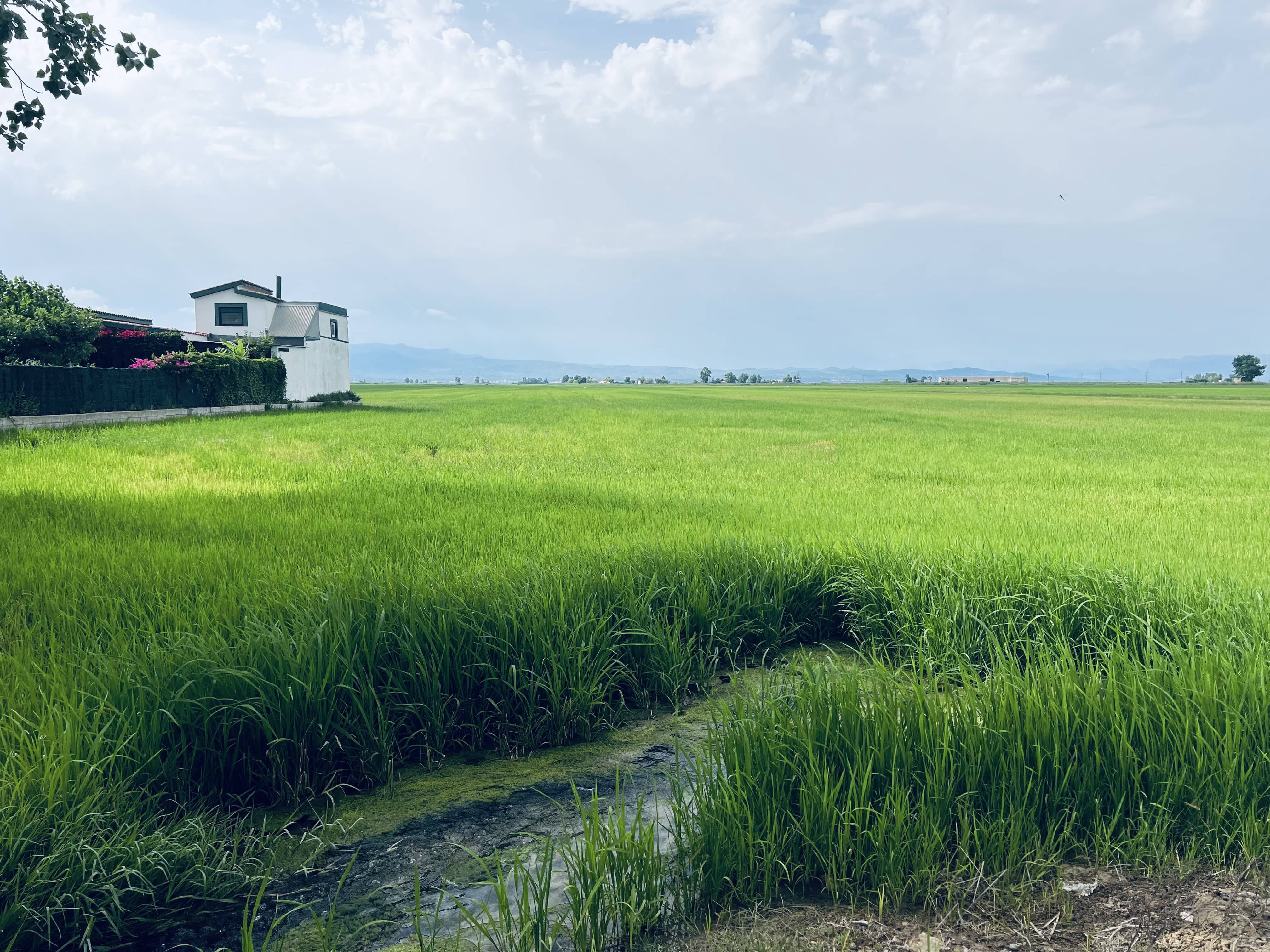
Have you heard of the Ebro Delta before?
Well, the Ebro Delta is an extension of wetlands of 7,736 hectares, which was declared a Natural Park in 1983. It is located at the mouth of the Ebro river, in Tarragona, more specifically in the regions of Montsià and Baix Ebre. It is the last stop of its incredible journey before flowing into the Mediterranean Sea and it is considered one of the most important geographical features in Spain due to the great diversity of its ecosystem.
Today, the Ebro Delta area is used for various agricultural purposes, among which rice cultivation stands out.
In addition, the wetlands of the river delta are the habitat of more than 300 species of birds, which is a significant stopping point for migratory birds.
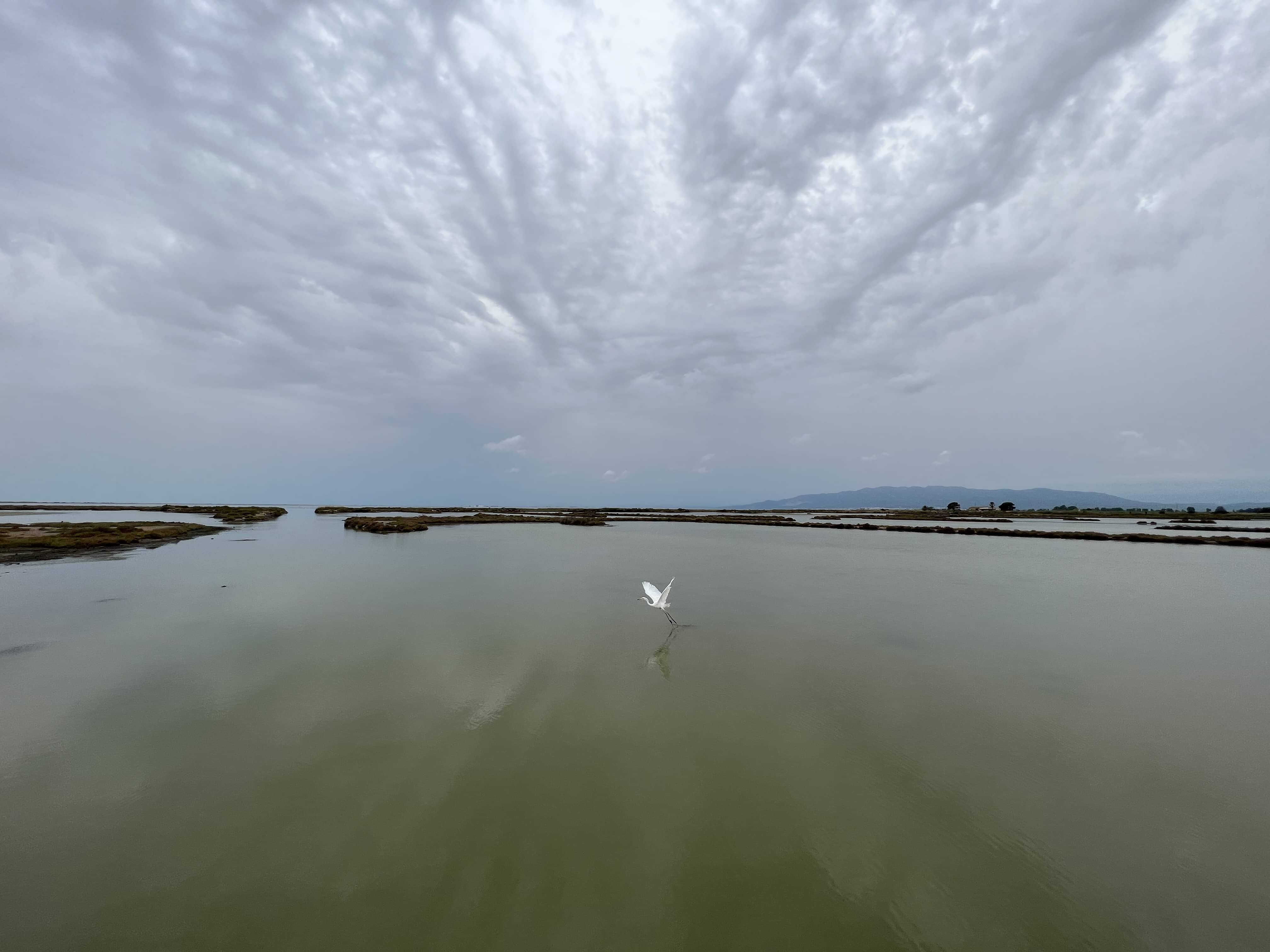
If you want to know more about the most important Spanish birds and the specific areas where you can see them, take a look at the following articles:
The Most Common Birdsfound in Spain + 8 Endemic Species
Top 9 Spanish Eagles: The “Imperial Eagle” is a Beauty!
In this incredible Natural Park, you can also practice different activities, such as hiking, swimming, kayaking, and fishing. You can also enjoy its impressive natural pools, lakes, and even beaches! It is a place that offers a very different stunning landscape with very varied flora and fauna.
If you want to discover the most incredible landscapes of Spain, you have to check this article:
7 Different And Incredible Landscapes You Will Find in Spain
Places not to be missed in the Ebro Delta:
Rice fields The rice fields are the most characteristic image of the Ebro Delta. The rice sowing takes place in spring, but it is in June when you will find this landscape of a unique green color that resembles the rice fields of Bali!
Tancada and Encanyissada Lagoons These are undoubtedly the best place for bird watching. There are wooden towers where you will have great views of flamingos, herons, seagulls, and many other birds.
Remember to bring binoculars and a good camera! The best time to see flamingos is late summer, when you can see thousands of them!
Trabucador Beach It is an impressive and very long beach that you can enter by car but only up to a certain point. You can enjoy the sea views on both sides!
Perfect for kitesurfers as it is usually quite windy!
Fangar lighthouse
This is undoubtedly the icon of the Ebro Delta! It is a protected beach 6 km long, which is not accessible by car, so if you want to get to the lighthouse, you will have to walk an hour to get there and another hour to get back. It is well worth it!
Buda Island
It has 1,000 hectares of extension, which makes it the largest island in Catalonia. It is also the best-preserved wetland in Catalonia and the entire Mediterranean Peninsula.
Buda Island is a space with restricted access. You can see it from the viewpoint of Migjorn, the outlook of Zigurat, from a cruise on the Ebro river or doing a kayak route.
You can also visit the island through rural tourism and even stay in a unique old farmhouse in the middle of the island.
Fusta House This is one of the most symbolic buildings of the Delta. There you can find an information center and an ornithological museum where there is a collection of the most representative species of the fauna of this area.
In 2013, the Ebro Delta was declared a Biosphere Reserve by UNESCO for its rich landscape and its model of biodiversity conservation.
Exploring Ebro’s River Best Spots
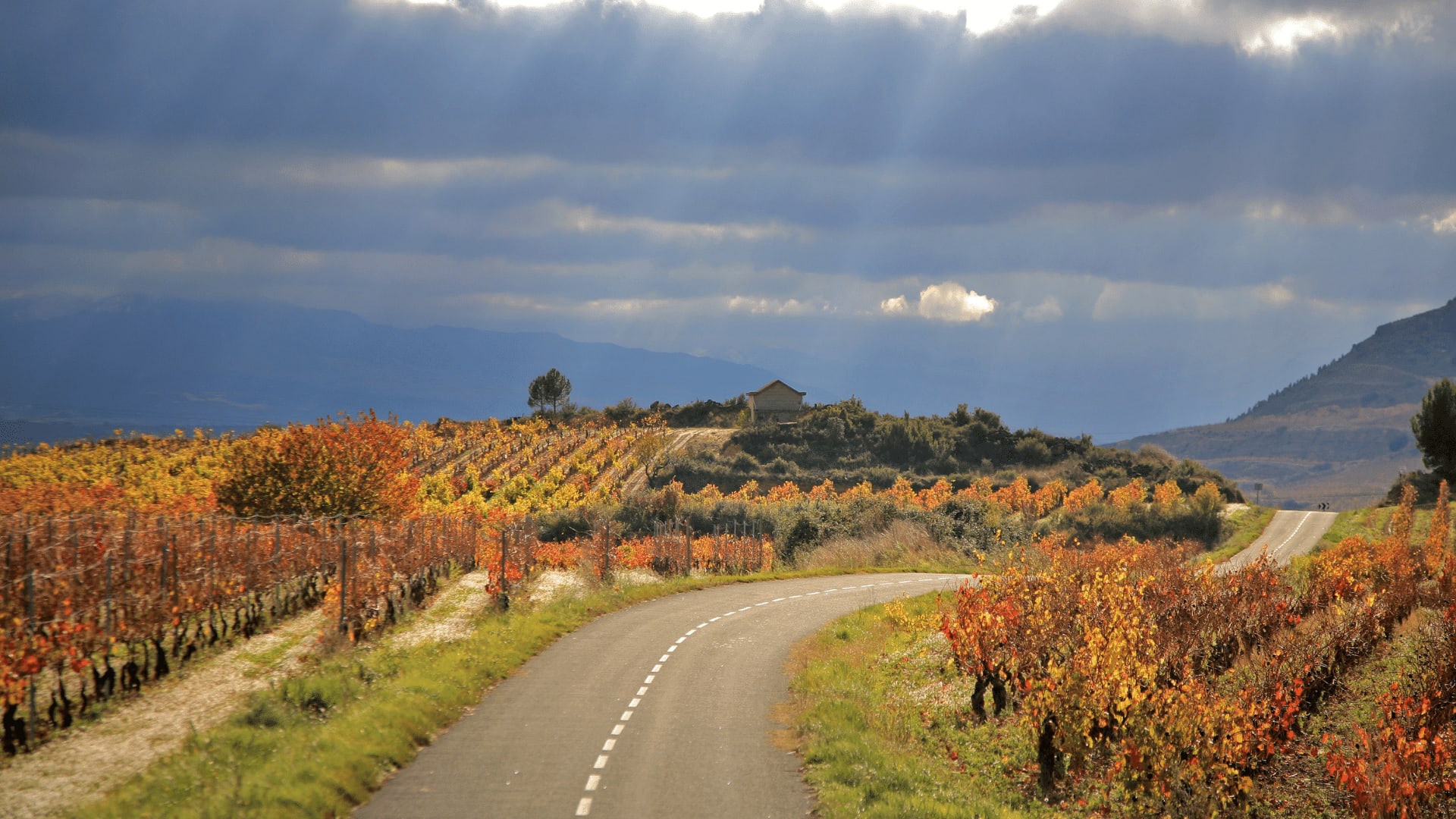
In addition to the Ebro Delta, I want to recommend some places I consider a MUST and that you cannot miss!
Fontibre This is the town where the Ebro River is born. If you want to see where the Ebro river begins its beautiful journey, it is good to start from the beginning. Fontibre is the perfect place to take amazing pictures, especially in autumn and winter.
Rioja Alavesa This is the famous area where Rioja wine is produced, one of the most famous wines in the country. In fact, it occupies an area of more than 11,500 hectares dedicated to wine production. Some of the best villages to taste this aromatic and fresh wine are Salinillas de Buradón, Baños de Ebro, Bastida, and Elciego.
If you like wine and want to discover some of the best places to enjoy a good wine tasting, do not miss this article:
Castejón In this town belonging to Navarra, you can enjoy liquor with the Specific Denomination Pacharán Navarro. This drink is made with some of the plants from the forests of that area, and it is usually drunk as a digestive after meals.
Zaragoza Capital of the autonomous community of Aragon and a city of great patrimonial wealth. Here you cannot miss the Cathedral-Basilica of Nuestra Señora del Pilar, considered the most extensive “baroque” temple in the country. I also recommend visiting the Cathedral of El Salvador, the Aljafería Palace, and the Route of Caesaraugusta.
Tarragona Another mandatory stop where you can see the archaeological site of the Roman ruins of Terraco, which was declared a World Heritage Site by Unesco. If you are interested in this topic, we have a post dedicated exclusively to Roman cities in Spain:
How did you find the post? Was it easy and entertainging to read?
I hope you enjoyed it and learned more about one of our most important rivers!
If there is any information about the Ebro that you consider super interesting and you want to share with us it would be great!




